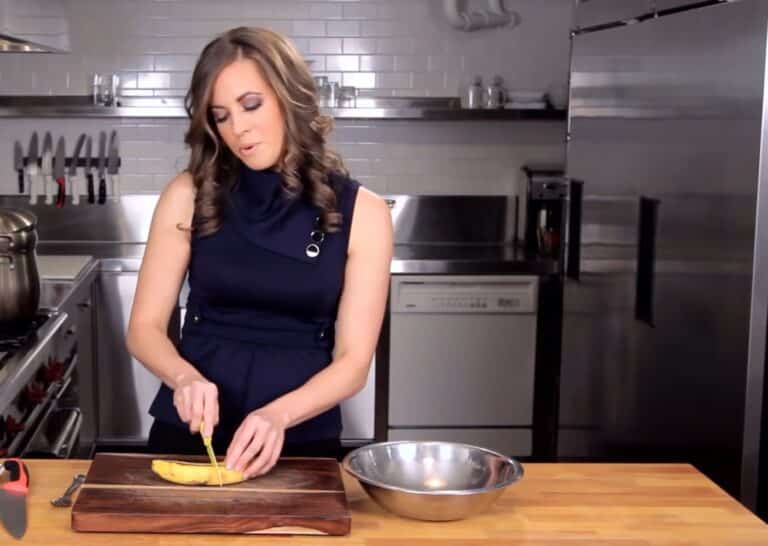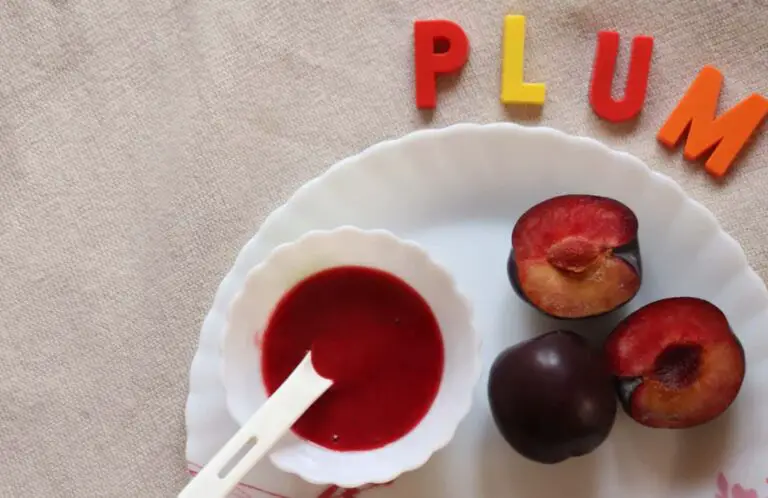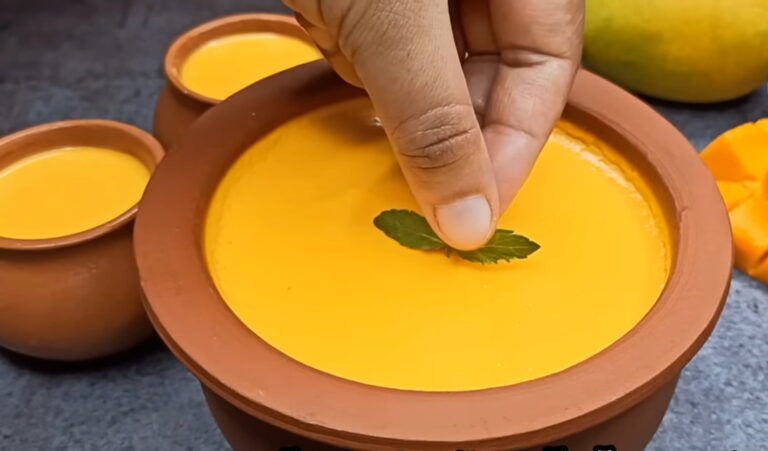How to Prepare Apricots for Babies?
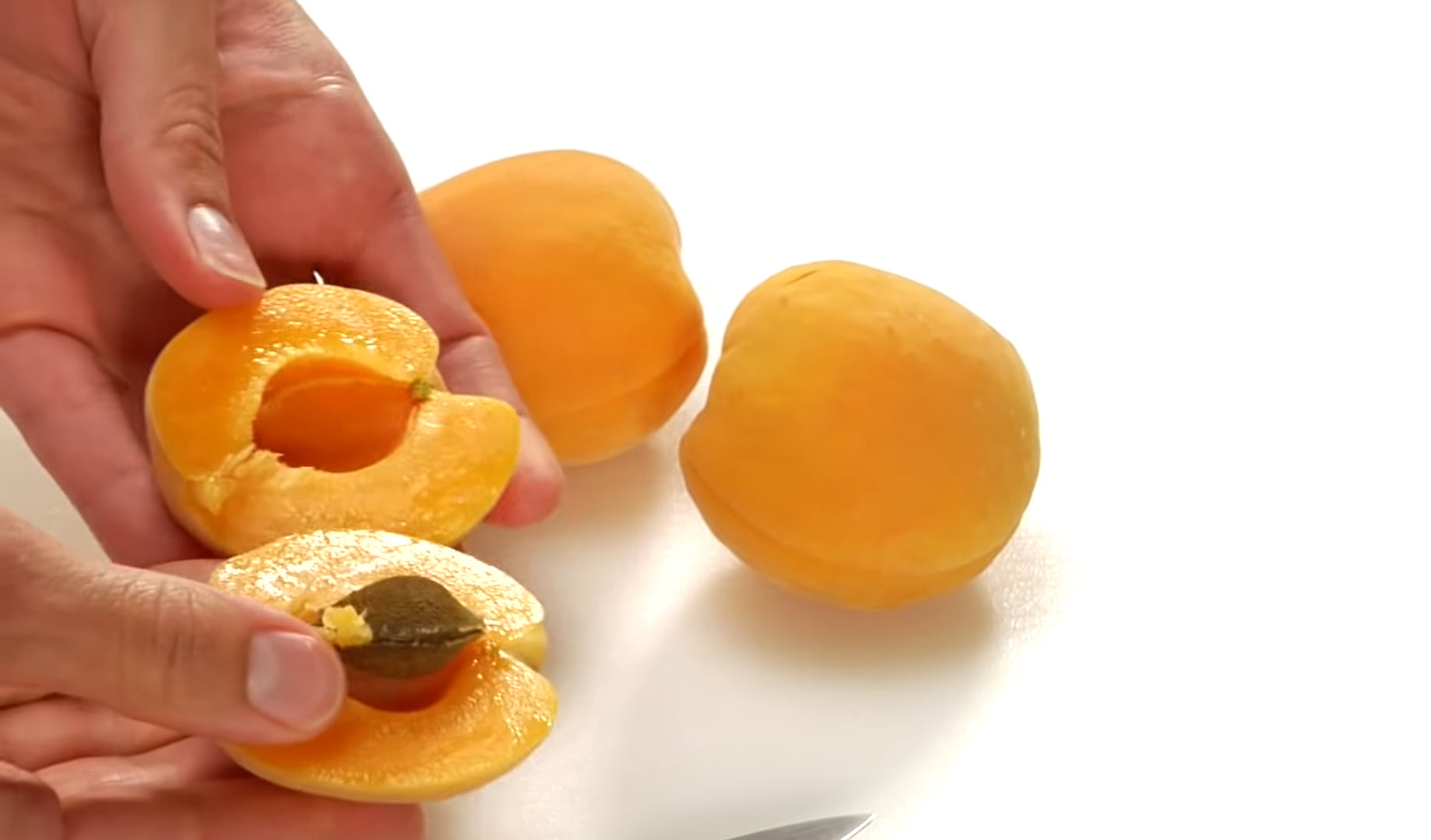
To prepare apricots for babies, wash and dry the fruit, cut it in half, and then cut it into age-appropriate sizes. Sprinkle ground pistachio on top of the fruit and let the child self-feed by scooping with their hands.
This method allows for easy digestion and introduces the baby to new textures and flavors. Apricots are a great source of fiber, which can be beneficial for babies who are prone to constipation. They can be served as a puree or as a baby-led weaning food option.
Choosing And Storing Apricots
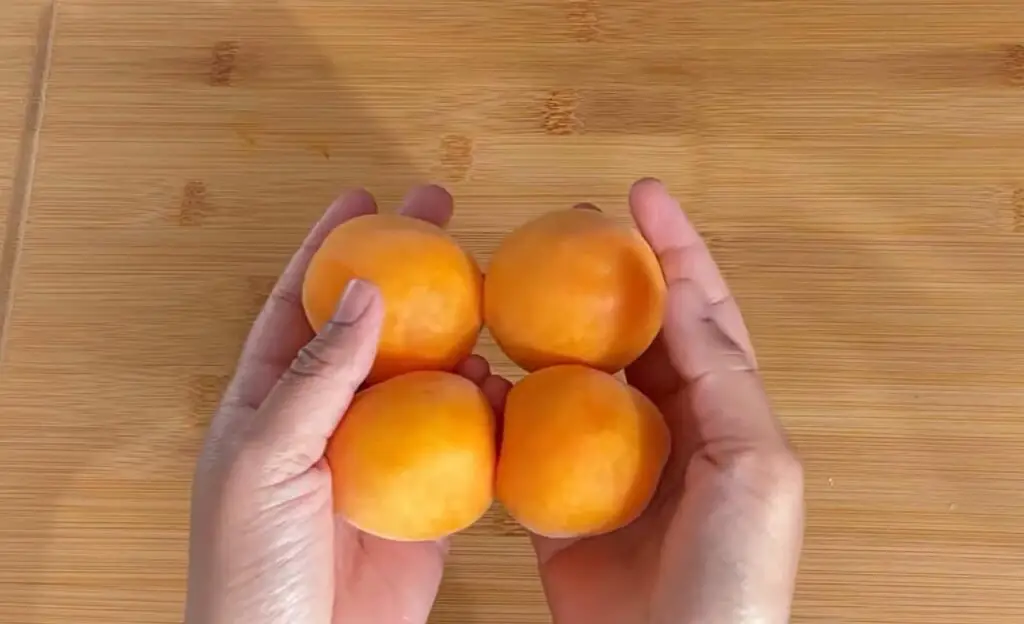
When it comes to introducing solid foods to your baby, apricots are a nutritious and delicious choice. Packed with vitamins A and C, potassium, and dietary fiber, apricots make for a great addition to your little one’s diet. However, it’s important to properly choose and store apricots to ensure their freshness and safety.
Selecting Ripe Apricots
When selecting apricots for your baby, it’s essential to choose ripe fruits that are soft and fragrant. Ripe apricots should have a vibrant orange color and yield slightly to pressure when gently squeezed. Avoid apricots that are hard or green, as they are not fully ripe and may lack the sweet flavor that babies enjoy.
Tips For Storing Apricots
To keep your apricots fresh and ready for your baby, follow these simple tips for storing:
- Store apricots in the refrigerator: Apricots should be stored in the refrigerator to maintain their freshness. Place them in a breathable bag or container to prevent them from getting too moist and developing mold.
- Keep apricots separate from other fruits: Apricots have a tendency to release ethylene gas, which can speed up the ripening process of other fruits. To prevent this, store apricots separately from other fruits to avoid premature spoilage.
- Wash apricots before consuming: Before feeding apricots to your baby, make sure to wash them thoroughly under running water. This will remove any dirt or residue on the surface, ensuring your baby’s safety.
- Use apricots within a few days: While apricots can be stored in the refrigerator for up to a week, it’s best to use them within a few days of purchase. This will ensure that they are at their peak freshness and flavor.
By following these tips for choosing and storing apricots, you can ensure that your baby enjoys the best quality fruit while reaping the nutritional benefits that apricots provide. Now that you know how to select and store apricots, let’s move on to the next step: preparing apricots for your little one!
Washing And Preparing Apricots
Washing Apricots Properly
Before you start preparing apricots for your baby, it is crucial to wash them properly to remove any dirt or residue. Follow these steps:
- First, rinse the apricots under running water to remove any visible dirt particles.
- Gently rub the surface of the fruit with your hands or a soft brush to ensure all dirt is removed.
- Pat the apricots dry with a clean towel or paper towel.
Removing The Pit And Skin
Once the apricots are properly washed, it’s time to remove the pit and skin. Here’s how you can do it:
- To remove the pit, hold the apricot firmly in one hand and cut it in half using a sharp knife.
- Gently twist the two halves in opposite directions to separate them.
- Use your fingers or a spoon to scoop out the pit from each half.
- To remove the skin, you have two options. You can either peel it off using your fingers or blanch the apricots in boiling water for a few seconds and then transfer them to an ice bath. This will make the skin easier to peel off.
- If you choose to peel the skin off, gently hold one-half of the apricot and peel the skin away from the flesh. Repeat the process for the other half.
By following these steps, you can ensure that the apricots are properly washed and prepared for your baby’s consumption. Remember to always supervise your baby while they are eating and introduce new foods gradually to monitor for any allergic reactions or digestive issues.
Steaming Apricots
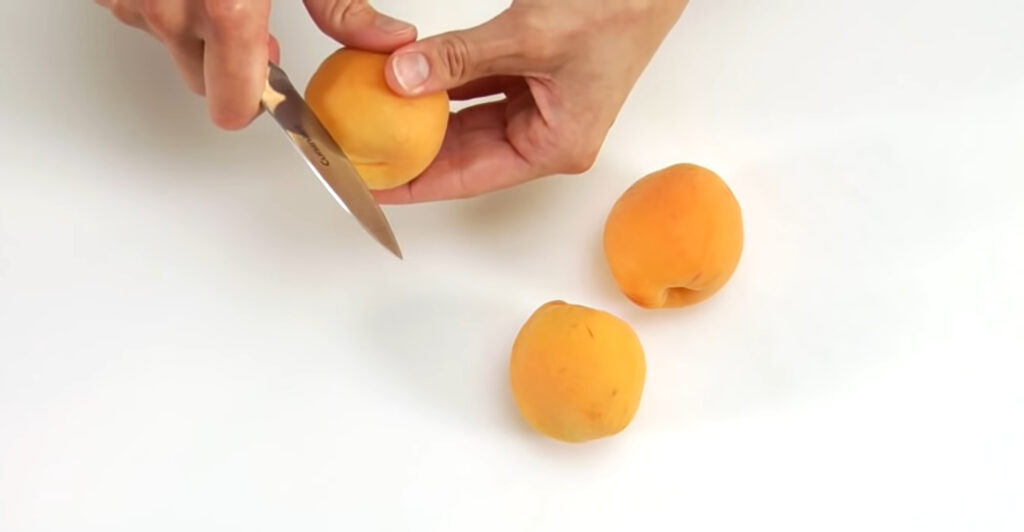
When it comes to introducing solid foods to babies, apricots are a nutritious and delicious option. Steaming apricots is a gentle and healthy cooking method that helps retain their natural flavor, nutrients, and texture. In this section, we will explore the benefits of steaming apricots for babies and provide a step-by-step guide on how to steam apricots for your little one.
Benefits Of Steaming Apricots For Babies
- Retains nutrients: Steaming apricots help preserve their vitamins, minerals, and antioxidants, ensuring that your baby gets the maximum nutritional benefit.
- Softens texture: Steaming makes apricots soft and tender, making it easier for babies to digest and reducing the risk of choking.
- Enhances taste: Steaming enhances the natural sweetness of apricots, making them more palatable for your baby’s developing taste buds.
- Promotes self-feeding: Steamed apricots are easy to handle and can be served in age-appropriate sizes, allowing your baby to practice self-feeding skills.
Step-by-step Guide To Steaming Apricots
- Wash and dry the apricots properly to remove any dirt or impurities.
- Cut the fruit in half, discarding the pit.
- Place the halved apricots in a steamer basket.
- Bring water to a boil in a pot or use a steamer appliance.
- Put the steamer basket with the apricots on top of the pot or steamer appliance.
- Cover the pot or steamer with a lid and steam the apricots for about 5-7 minutes until they are soft and easily mashed with a fork.
- Remove the steamed apricots from the heat and let them cool down before serving to your baby.
Steamed apricots can be served as a standalone puree or mixed with other fruits or vegetables to create a variety of flavorful combinations. Remember to test the temperature before feeding it to your baby and always supervise them during meals.
In conclusion, steaming apricots for your baby is a simple and healthy cooking method that retains their nutrients, softens their texture, enhances their taste, and promotes self-feeding. Follow the step-by-step guide above to prepare steamed apricots for your little one and introduce them to the wonderful world of solid foods!
Pureeing Apricots
When it comes to introducing solid foods to your baby, apricots are a great choice. They are packed with essential nutrients like vitamin C, fiber, and potassium. Pureeing apricots is a simple and effective way to introduce this tasty fruit to your little one’s diet. In this article, we will guide you through the process of pureeing apricots for your baby.
Blending Steamed Apricots
One of the easiest and most popular methods for pureeing apricots is to steam or simmer them before blending. Steaming helps soften the fruit, making it easier to puree. Here’s how you can do it:
- Wash and dry the apricots.
- Cut the fruit in half and remove the pits.
- Steam or simmer the apricot halves in a little water for a few minutes until they become tender.
- Allow the apricots to cool down before moving to the next step.
Achieving The Right Consistency For Your Baby
When pureeing apricots for your baby, achieving the right consistency is crucial. You want the puree to be smooth and easy for your little one to swallow. Here are some tips to help you achieve the perfect texture:
- Start by using a blender or food processor to puree the steamed apricot halves. Add a small amount of water or breast milk to help thin the puree if needed.
- Blend the apricots until you achieve a smooth and creamy consistency. You may need to stop and scrape down the sides of the blender to ensure all chunks are fully blended.
- Once you are satisfied with the consistency, transfer the puree into small airtight containers or ice cube trays for convenient storage and portioning.
Pureeing apricots for your baby is a simple process that allows you to introduce this nutritious fruit into their diet. By steaming and blending the apricots, you can create a smooth and tasty puree that your little one will love. Remember to introduce new foods one at a time and watch for any signs of allergies. Happy feeding!
Recipes With Apricots For Babies
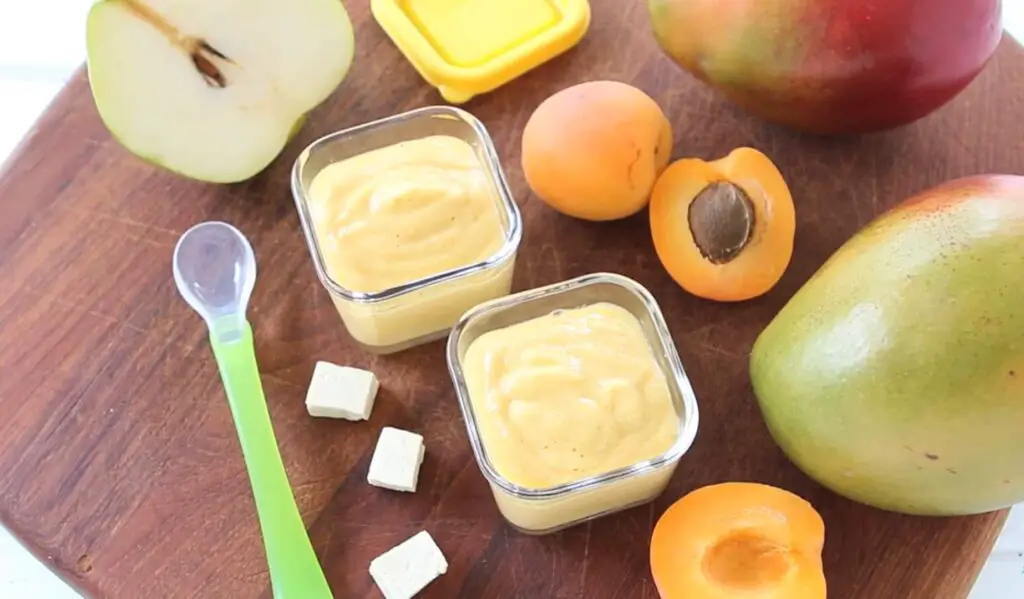
Introducing apricots to your baby’s diet can provide them with essential nutrients and a delicious taste. When it comes to preparing apricots for babies, there are various recipes that you can try. Below are two simple and nutritious recipes that are perfect for introducing apricots to your little one’s diet.
Apricot And Oatmeal Puree
This apricot and oatmeal puree recipe is a great way to introduce apricots to your baby’s diet. It is rich in fiber and provides a soft texture that is easy for babies to consume.
Apricot And Yogurt Smoothie
This apricot and yogurt smoothie recipe is a refreshing and nutritious option for older babies who are ready for more textured foods. Yogurt provides calcium and protein, while apricots add a sweet and tangy flavor.
Benefits Of Apricots For Babies
Nutritional Value Of Apricots
Apricots are not only sweet and delicious but also packed with essential nutrients for your baby’s growth and development. Here’s a breakdown of the nutritional value of apricots:
| Nutrient | Amount per 100g |
| Calories | 48 kcal |
| Carbohydrates | 11 g |
| Fiber | 2 g |
| Vitamin A | 1926 IU |
| Vitamin C | 10 mg |
| Potassium | 259 mg |
| Iron | 0.39 mg |
Health Benefits Of Apricots For Babies
Apricots offer a wide range of health benefits for your little one. Here are some notable benefits:
- 1. Promotes healthy digestion: Apricots are rich in dietary fiber, which helps regulate bowel movements and prevent constipation in babies.
- 2. Supports brain development: The high vitamin A content in apricots promotes optimal brain development and enhances cognitive function in babies.
- 3. Boosts immune system: Apricots are packed with vitamin C, which strengthens the immune system and helps fight off common illnesses and infections.
- 4. Provides essential minerals: Apricots are a good source of potassium and iron, which are vital for healthy growth, strong bones, and efficient oxygen delivery in babies.
- 5. Enhances eye health: Apricots contain beta-carotene, a precursor to vitamin A, which plays a key role in maintaining good eyesight and overall eye health.
Incorporating apricots into your baby’s diet can offer these health benefits and give them a tasty and nutritious treat. Whether served as a puree, added to homemade baby food, or offered as finger foods, apricots are a valuable addition to your baby’s mealtime routine. Introduce apricots to your little one gradually, observing for any signs of allergies or digestive issues. Consult your pediatrician for personalized guidance on incorporating apricots into your baby’s diet.
Precautions And Allergies
Allergic Reactions And Symptoms To Look Out For
Introducing apricots to your baby’s diet can be an exciting milestone. However, it is important to be aware of potential allergies and allergic reactions that your baby may experience. Allergies can vary from mild to severe, and it’s crucial to know the signs and symptoms to look out for.
Some common signs of an allergic reaction to apricots or any other food include:
- Rash: Look out for hives, redness, or swelling on your baby’s skin.
- Itching: Your baby may exhibit scratching or rubbing of the affected areas.
- Swelling: Pay attention to swelling of the face, lips, tongue, or throat, as it can be indicative of a severe allergic reaction.
- Difficulty breathing: Wheezing, shortness of breath, or coughing can be signs of a severe allergic reaction that requires immediate medical attention.
- Vomiting or diarrhea: If your baby develops gastrointestinal symptoms after consuming apricots, it may indicate an allergy.
If you notice any of these symptoms after introducing apricots to your baby, stop feeding them apricots and consult a healthcare professional for guidance.
Introducing Apricots Cautiously
When introducing apricots to your baby for the first time, it’s important to proceed with caution. Follow these steps to ensure a safe and smooth introduction:
- Consult your pediatrician: Before introducing any new food, including apricots, consult your child’s pediatrician, especially if your baby has a history of food allergies.
- Delay introducing apricots: Experts recommend waiting until your baby is around 6 to 8 months old before introducing apricots.
- Start with a small amount: Begin by serving a small portion of apricot puree or mashed apricots to check for any adverse reactions.
- Observe for 3 to 5 days: After introducing apricots, closely monitor your baby for any signs of allergic reactions or digestive issues. It’s best to wait for 3 to 5 days before introducing another new food to accurately identify any potential allergies.
- Gradually increase quantity: If your baby tolerates apricots well, you can gradually increase the portion size over time.
Remember, every baby is different, and it’s essential to follow your baby’s cues and consult a healthcare professional for personalized advice.
Frequently Asked Questions For How To Prepare Apricots For Babies?
How To Prepare Apricots For Baby?
To prepare apricots for the baby, wash and dry the fruit. Cut it in half and then into age-appropriate sizes. Sprinkle ground pistachio on top and let the child self-feed with their hands. No need to peel or cook if the apricots are ripe and sweet.
Enjoy!
Can Babies Eat Raw Apricots?
Babies can eat raw apricots. Wash, dry, and cut the apricot into age-appropriate sizes. Serve and let the child self-feed with their hands.
How To Puree Dried Apricots For Baby?
To puree dried apricots for the baby, wash and dry the fruit. Cut it in half and then into age-appropriate sizes. Sprinkle ground pistachio on the fruit. Serve and let the child self-feed by using their hands. No need to peel them.
Do You Have To Peel Apricots For Puree?
No, you don’t have to peel apricots for puree. You can simply remove the pits and blend the fruit as-is. However, if you prefer, you can blanch the apricots to easily remove the skin.
Conclusion
To conclude, preparing apricots for babies is a simple and nutritious process. Remember to wash and dry the fruit before cutting it into age-appropriate sizes. Sprinkle ground pistachios for added texture and serve, allowing your little one to self-feed. Whether served as a puree or baby-led weaning food, apricots provide important fiber and natural sweetness.
So go ahead and introduce this delicious fruit to your baby’s diet for a healthy and tasty experience.

